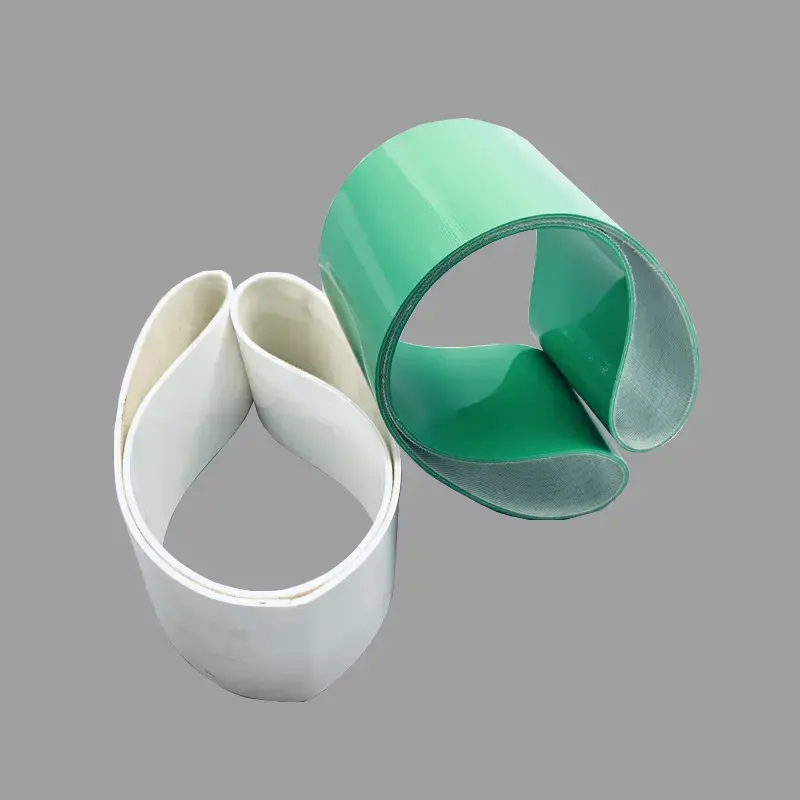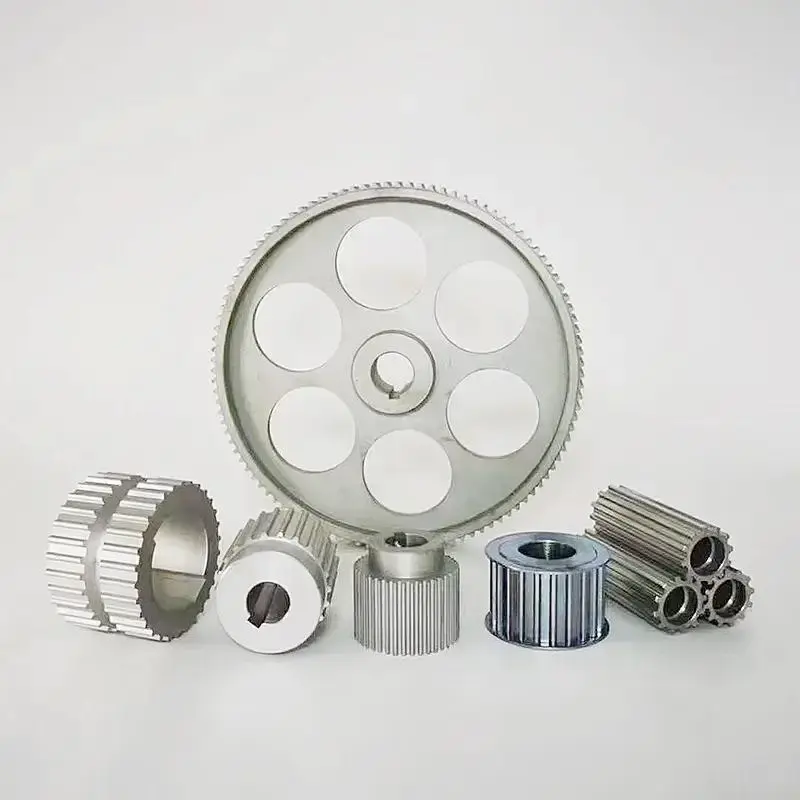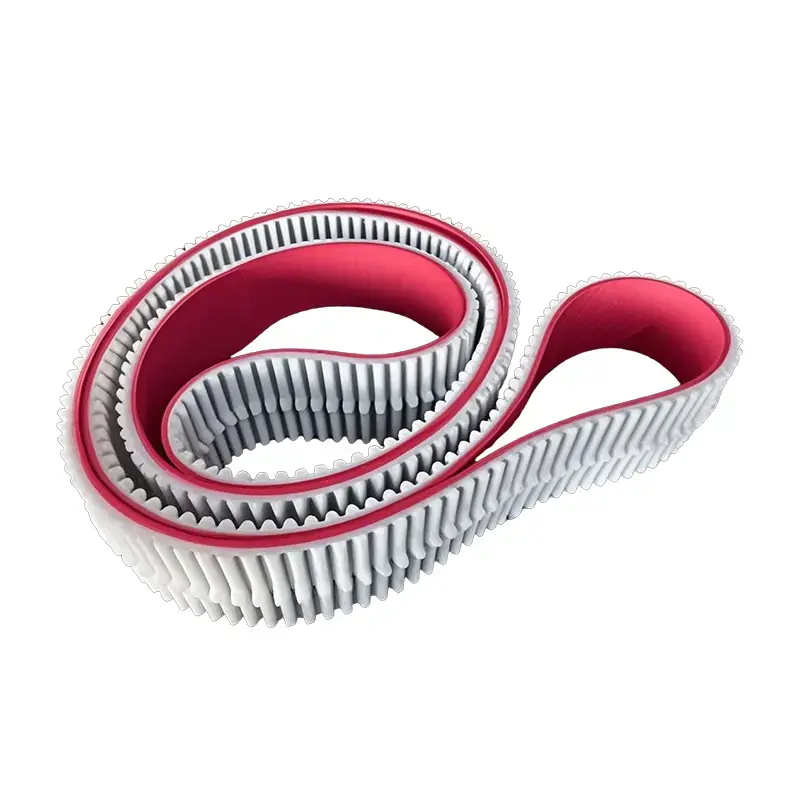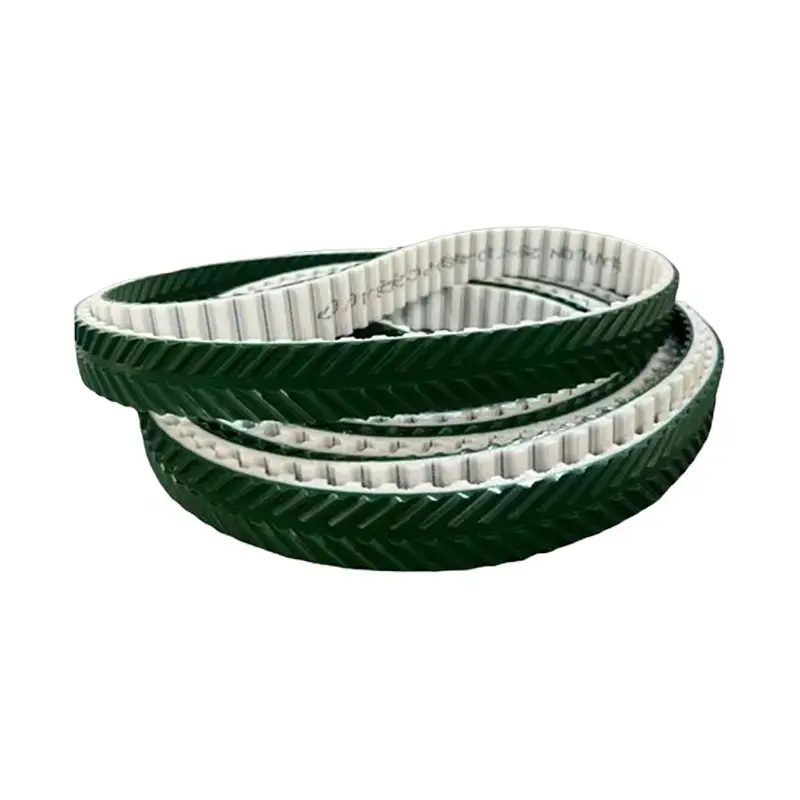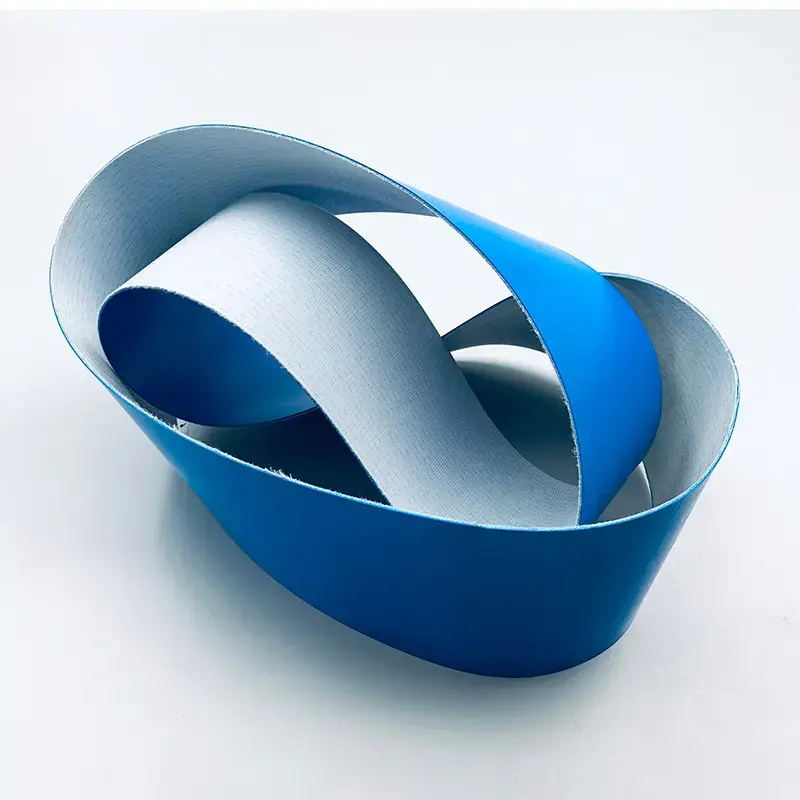 +86-19862000127
+86-19862000127 Optimizing Performance with the Right Bearing Pulley
In the world of machinery and automation, efficiency and reliability hinge on the performance of every single component, no matter how small. Often overlooked, the Bearing Pulley is a critical element in a wide array of industrial applications. More than just a simple wheel, it is a precision-engineered part that manages friction, handles dynamic loads, and ensures the smooth operation of drive systems. For B2B buyers and engineers, understanding the function and importance of the bearing pulley is essential for maintaining operational uptime, improving energy efficiency, and extending the lifespan of valuable equipment.
What is a Bearing Pulley and Why Does It Matter?
A bearing pulley is a wheel with an integrated bearing at its core. Its primary function is to guide a belt, rope, or cable, while the integrated bearing allows it to rotate freely, significantly reducing friction and wear on the system. This seemingly simple component plays a vital role in preventing system failures and optimizing performance.
Here’s why a high-quality bearing pulley is indispensable:
Reduces Friction and Wear: The internal bearing allows for smooth rotation, minimizing resistance. This not only improves system efficiency but also extends the life of belts, chains, and other components.
Manages Tension and Load: In systems like serpentine belt drives, the bearing pulley helps maintain proper tension, preventing slippage and ensuring consistent power transfer. It is designed to withstand both static and dynamic loads without deforming.
Improves Operational Efficiency: By reducing friction, the pulley helps the machinery operate with less energy, leading to lower power consumption and reduced operating costs.
Enhances Reliability and Safety: A faulty bearing pulley is a common cause of system failure. A robust, well-chosen pulley ensures predictable performance and helps prevent costly and potentially dangerous breakdowns.
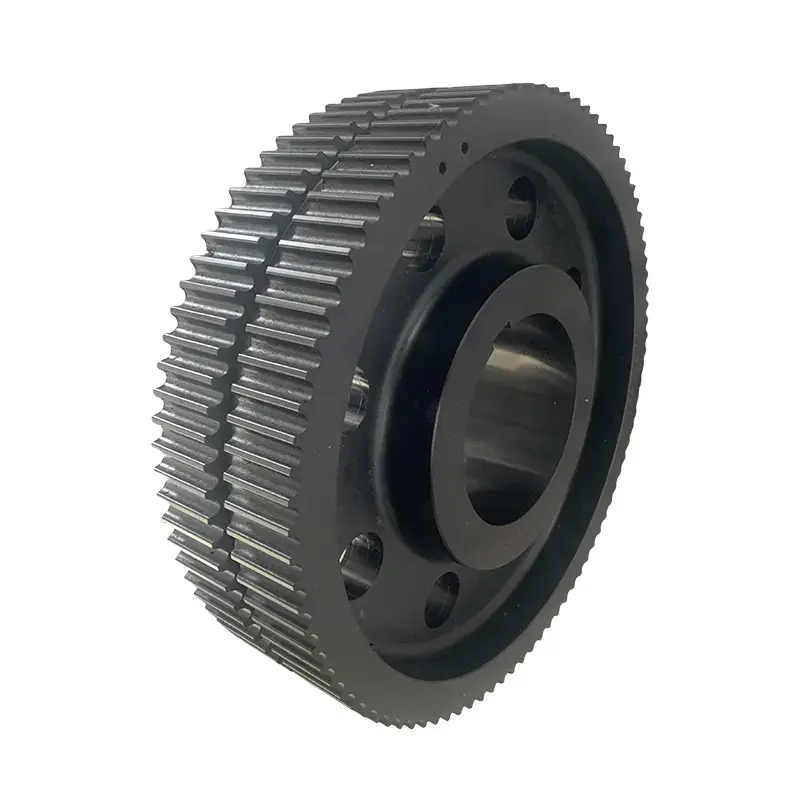
Key Industries and Applications
The versatility of the bearing pulley makes it a cornerstone component across numerous industrial and commercial sectors. Its reliable function is crucial for everything from high-speed production lines to everyday consumer products.
Automotive: Found in engine serpentine and Timing Belt systems, where they are essential for operating alternators, power steering pumps, and air conditioning compressors.
Industrial Conveyors: Used to guide and support Conveyor Belts, ensuring smooth material handling and consistent flow on manufacturing and packaging lines.
HVAC Systems: Crucial for the fan and blower systems in large-scale air conditioning and heating units, where they ensure quiet and efficient air circulation.
Fitness Equipment: Found in treadmills, weight machines, and elliptical trainers, providing smooth and quiet operation for the end-user.
Agricultural Machinery: Employed in tractors and other farm equipment to operate various attachments and systems under challenging environmental conditions.
Factors to Consider When Selecting a Bearing Pulley
Choosing the right bearing pulley is a technical decision that requires careful consideration. A mismatch in specifications can lead to premature failure, noise, and reduced system performance.
Here are the key factors to evaluate:
Load and Speed Ratings: Ensure the pulley’s static and dynamic load capacities and maximum rotational speed meet or exceed your application’s requirements.
Material Composition: Pulleys are made from various materials, including steel, plastic, and composite. The right choice depends on the required strength, weight, and corrosion resistance.
Bearing Type and Sealing: Different bearing types (e.g., ball bearings, needle roller bearings) offer varying performance characteristics. Look for proper sealing (e.g., sealed bearings) to protect against dust, moisture, and other contaminants.
Dimensions and Profile: The pulley's diameter, width, and groove profile must precisely match the specifications of the belt or cable it will be guiding to ensure proper fit and function.
Environmental Conditions: Consider the operating environment. Pulleys used in high-temperature, wet, or dusty conditions require specialized materials and sealing to ensure long-term reliability.
Conclusion
The bearing pulley is a prime example of a small component with a massive impact on the performance and longevity of a mechanical system. By reducing friction, managing tension, and ensuring smooth operation, it serves as a foundational element for efficiency and reliability. For B2B businesses, prioritizing the selection of a high-quality bearing pulley is a strategic investment that leads to reduced maintenance costs, improved operational uptime, and a stronger, more reliable end product.
Frequently Asked Questions (FAQs)
Q1: What is the main difference between a bearing pulley and a standard pulley? A1: A standard pulley is a simple wheel, while a bearing pulley has an integrated bearing that allows it to rotate freely with minimal friction. This makes it far more efficient and durable for demanding applications.
Q2: How do I know when a bearing pulley needs to be replaced?
A2: Common signs of a worn-out bearing pulley include increased noise (squealing, grinding), excessive wobble, or resistance to rotation when the system is off. These are all indicators that the bearing is failing.
Q3: Can I use a plastic bearing pulley in a heavy-duty application?
A3: Generally, no. Plastic pulleys are better suited for lighter loads and lower speeds. For heavy-duty applications, metal pulleys made from steel or aluminum are required to handle the higher stress and heat.
Q4: Does the material of the bearing pulley affect my energy costs?
A4: Yes. A well-designed bearing pulley with low friction can reduce the power required to drive a system, leading to measurable energy savings over time, especially in continuous-operation machinery.








